Last updated on August 3rd, 2025 at 11:28 am
Growing up, we didn’t see dandelions as weeds—we saw them as an opportunity for dandelion jelly and all sorts of concoctions. As kids, we’d wander the city streets and sidewalks, gathering armfuls of dandelion flower heads for our mom. She made all kinds of dandelion recipes, but her jelly was something special. It was our taste of spring.
This old-fashioned dandelion jelly recipe uses simple ingredients and celebrates a plant most people overlook. With its delicate, honey-like flavor and golden color, it’s a true homestead pantry treat—and a great way to make the most of an abundance of dandelions growing wild around you.
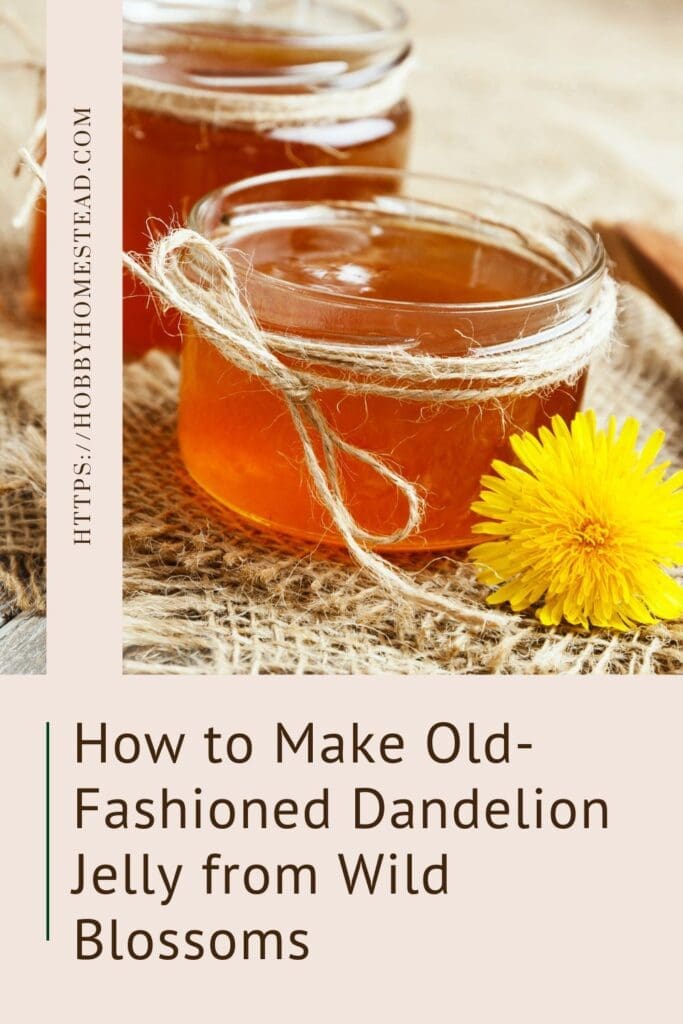
Simple Dandelion Jelly Recipe
Whether it’s your first time making jelly or part of your seasonal kitchen rhythm, this one is worth the effort. It’s a real labor of love, and it’s easier than you might think.
This recipe yields about 4–5 half-pint jars of golden, floral jelly. Perfect for tucking into your pantry or giving as a thoughtful, homemade gift.
What Is Dandelion Jelly?
Dandelion jelly is a wildflower jelly recipe made from just the yellow petals of dandelion blossoms—not the whole dandelion plant. The flavor is light and floral, with a subtle sweetness often compared to honey or chamomile.
This jelly is made by steeping the cups of dandelion petals in hot water to create dandelion tea, then turning that into a jelly using sugar, pectin, and a splash of lemon juice. It’s shelf-stable when canned and perfect for sharing or storing for later use.
Many homesteaders and foragers turn to flower jellies like this in early spring, when the yellow blossoms are at their peak and the grocery store shelves don’t yet have much fresh produce.
How to Make Old-Fashioned Dandelion Jelly from Wild Blossoms
As an Amazon Associate I earn from qualifying purchases.
Equipment
Ingredients
- 4 Cups Dandelion Petals best to have no green bits
- 3 ½ Cups Water 3 ½ to 4 ½ cups depending on how strong you like your tea
- 2 Tablespoons Lemon Juice fresh or bottled
- 1.75 Ounces Sure Jell 1 Box Sure Jell, or other powdered pectin
- 4 Cups Sugar or a little less sugar if using low sugar pectin
- Optional: a drop of yellow food coloring for a brighter hue
Instructions
Step 1: Make the Dandelion Tea
- Place your flower petals in a large pot or small saucepan. Pour the cups of water over the petals and bring to a boil. Let the mixture steep for 1–2 hours, or up to overnight for a stronger brew. Strain the petals using a fine mesh strainer, coffee filter, or jelly bag. You should end up with about 3–4 cups of liquid.4 Cups Dandelion Petals, 3 ½ Cups Water
- Tip: Store your strained tea at room temperature for immediate use or refrigerate if making jelly the next day.
Step 2: Cook the Jelly
- In a large saucepan, combine the dandelion tea, lemon juice, and pectin. Bring to a rolling boil over high heat, stirring constantly. Add the sugar all at once, then stir until fully dissolved. Return to a full boil and cook for 1–2 minutes, or until the jelly thickens and passes a spoon test.2 Tablespoons Lemon Juice, 1.75 Ounces Sure Jell, 4 Cups Sugar, Optional: a drop of yellow food coloring for a brighter hue
- Skim off any foam and get ready to move quickly.
Step 3: Water Bath Canning
- Sterilize your canning jars and lids in boiling water or a hot water bath. Keep them warm in a dry place or hot oven while you prep the jelly.
- Ladle the hot jelly into hot jars, leaving ¼-inch headspace.
- Wipe the rims of the jars with a damp cloth to ensure a good seal.
- Remove air bubbles with a clean utensil.
- Apply lids and rings, tightening them to fingertip-tight.
- Use a jar lifter to place jars into your water bath canner. Make sure the water level is at least 1 inch above the tops.
- Process in boiling water for 10 minutes (adjust for altitude if needed).
- Carefully remove the jars and let them rest undisturbed for 12–24 hours. You’ll hear the satisfying pop of success as they seal.
Nutrition
Foraging Tips: Harvesting Dandelions the Right Way
- Pick on dry, sunny mornings when the flowers are fully open.
- Stay away from roadsides or sprayed areas. Use safe foraging for edible dandelions practices.
- You’ll need around 8 cups of dandelion heads to get 4 cups of petals (just the yellow parts).
- Remove all green bits, including the green base of the flower, as they add a bitter flavor.
- Work in small batches to separate flower petals from the green parts.
Don’t rush this part—prepping the flowers for the dandelion water is the most time-consuming step. It’s worth it for the delicate flavor you’ll get in return.
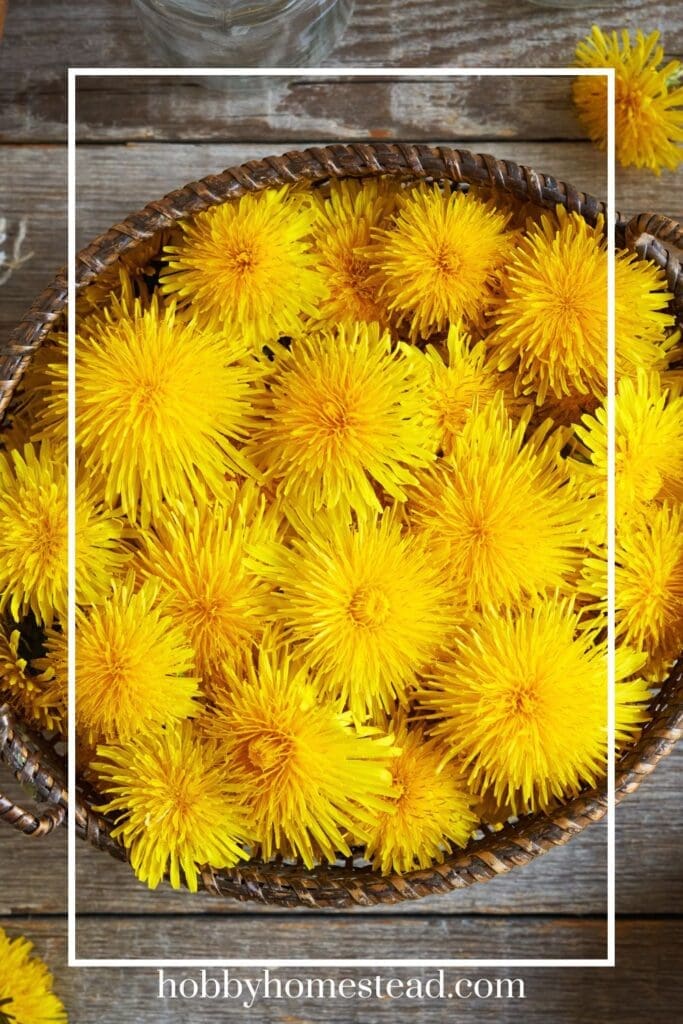
Storage and Use
Once cooled, check seals and store in a cool, dry place for long-term storage. Use any unsealed jars right away or refrigerate for immediate use.
This delicious dandelion jelly is excellent on toast, biscuits, or paired with violet jelly and other flower jellies for a spring sampler. It’s also a great addition to your collection of dandelion recipes—right alongside dandelion salve and dandelion greens.
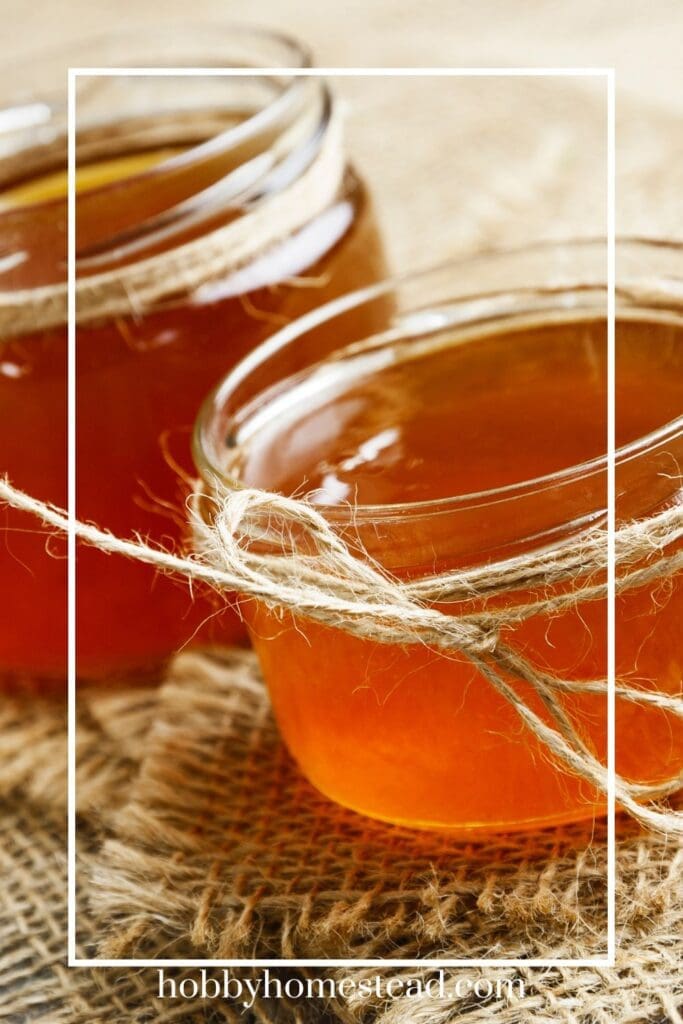
Making Wild Flower Jelly
Making dandelion jelly is more than a recipe—it’s a way to reconnect with the land and make use of what’s already growing. The entire plant has health benefits, but this jelly celebrates the sunny yellow blossoms that brighten fields and yards every spring.
So, if you’ve got plenty of dandelions this year, skip the weed killer and try your hand at this homestead-style canning recipe. It’s a great option for turning a “weed” into something beautiful.



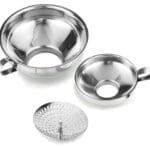
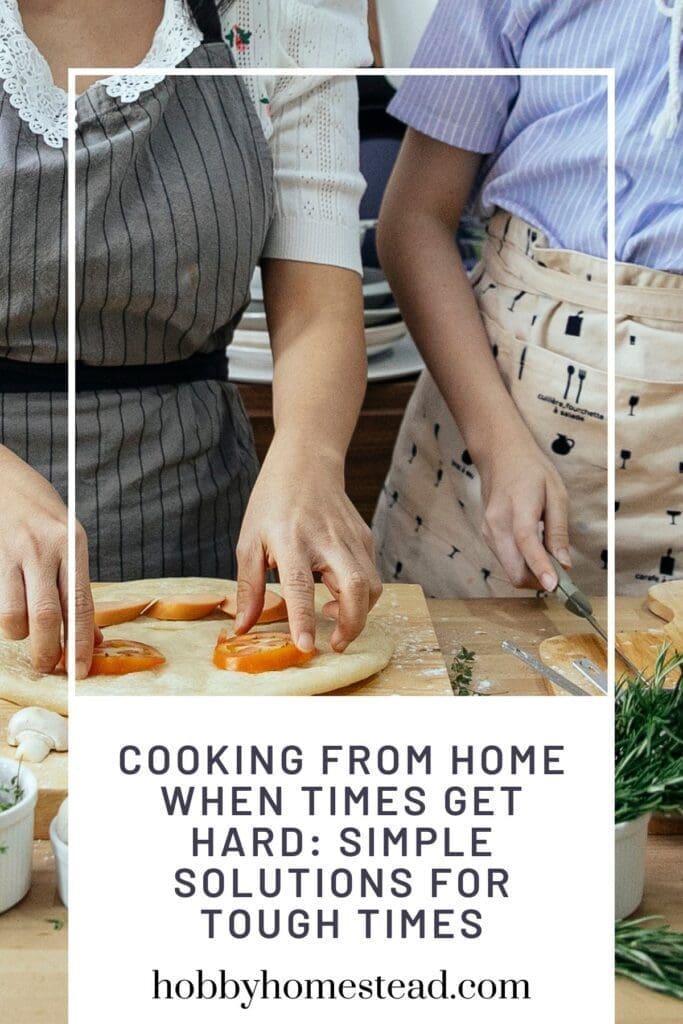

Thank you for sharing this recipe.